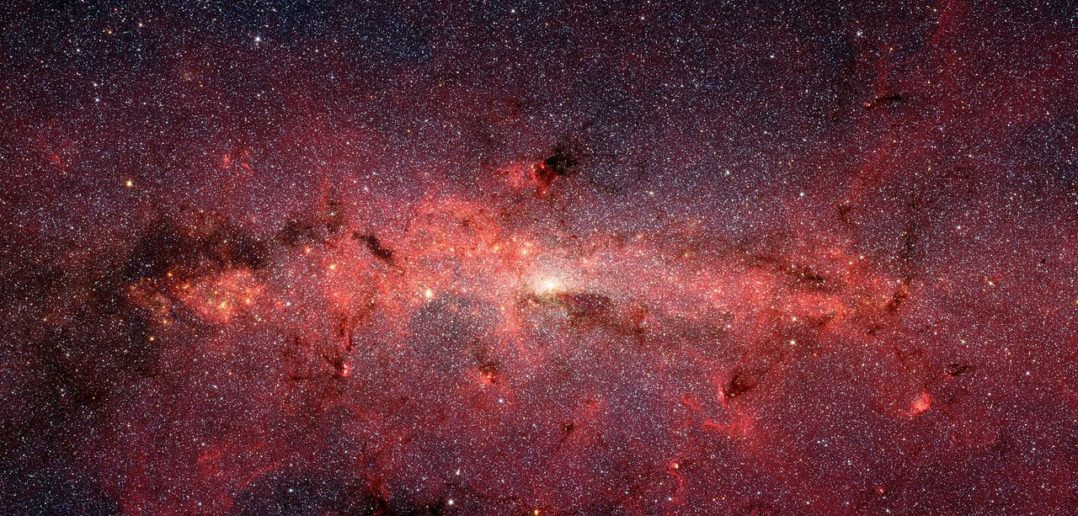The search for extraterrestrial life has been given a boost by a new tool that can better detect methane on planets outside our solar system.
Astronomers attempt to analyse the materials that make up distant planets by analysing how their atmosphere interact with and absorb starlight, and compare this to a spectrum that identifies a variety of molecules.
However, the current spectrum used to identify methane is incomplete, and this has led to an underestimation of the methane levels on a number of planets, which could be a sign of life.
To address this issue, researchers from University College London (UCL) and the University of New South Wales used supercomputers to analyse 10 billion spectroscopic lines, each with a distinct colour at which methane can absorb light, to create a new spectrum for ‘hot’ methane. The new spectrum can detect the molecule at temperatures of up to 1220°C.
Professor Jonathan Tennyson, (UCL Department of Physics and Astronomy) co-author of the study, said:
“We anticipate our new model will have a big impact on the future study of planets and ‘cool’ stars external to our solar system, potentially helping scientists identify signs of extraterrestrial life.”
The study was published in the journal PNAS.




